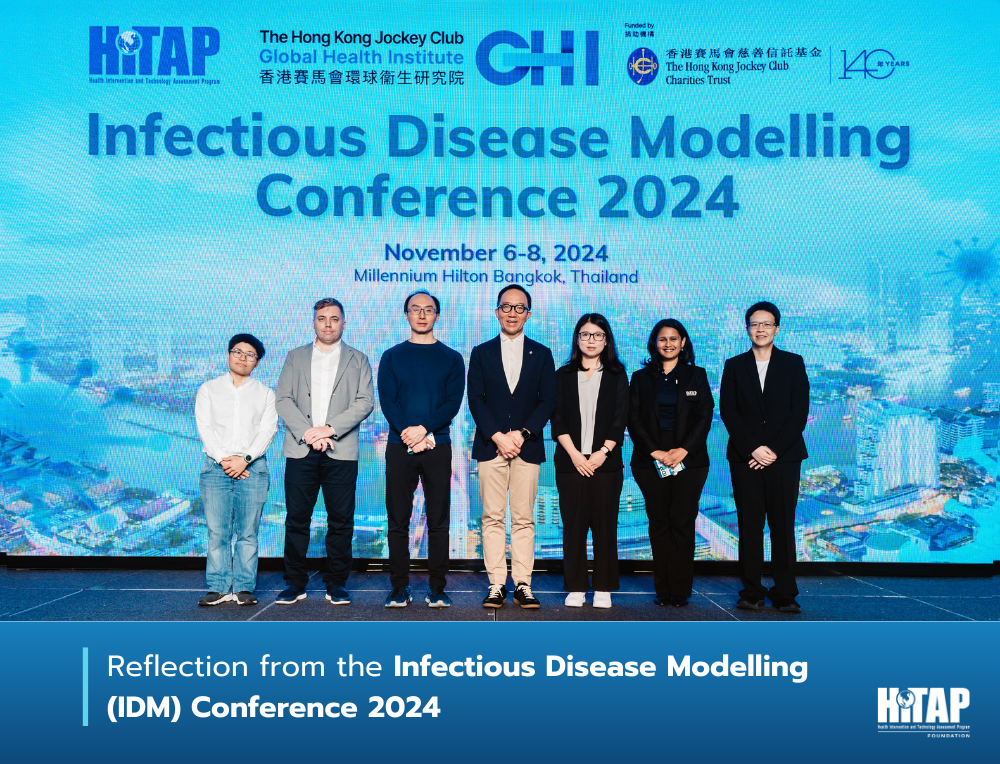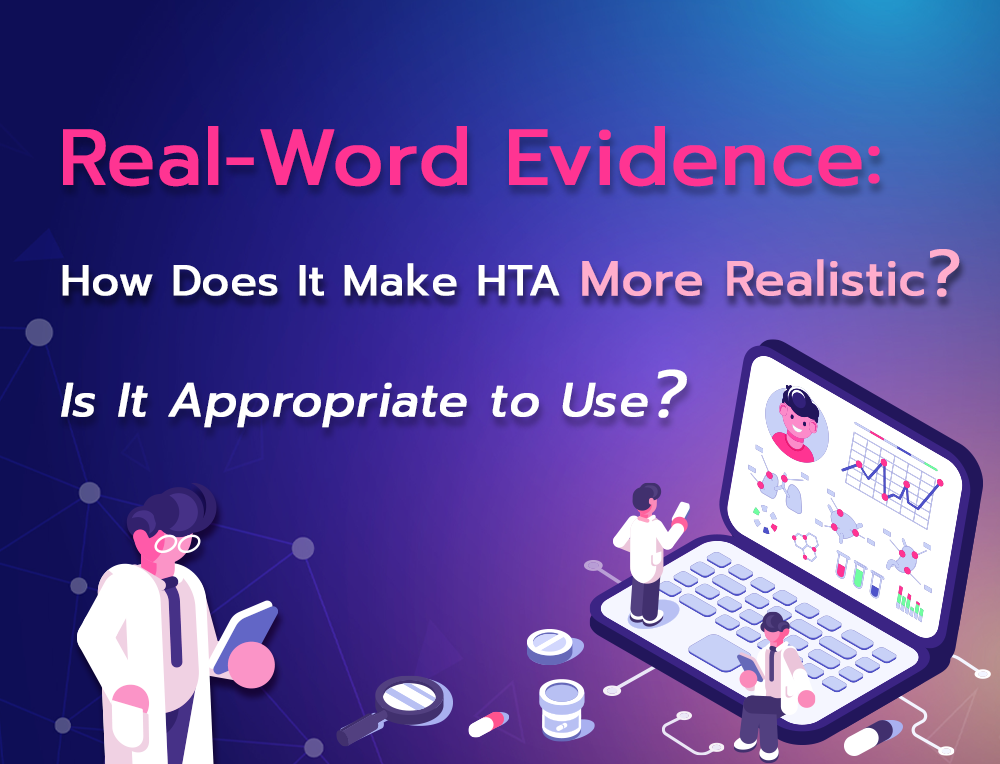Reflection from the Infectious Disease Modelling (IDM) Conference 2024


Why do we need to make health technology assessment (HTA) more realistic? Is HTA not realistic nowadays?
The answers can be both YES and NO.
HTA is a form of research for synthesising data to evaluate properties, effects, and impacts of health interventions and technology in different aspects and inform health policymaking in healthcare. The data used in HTA could be primary data collected by researchers through field visits, patient interviews, or health professional interviews, and secondary data from databases or a review of domestic and international academic literature
The better the data used for HTA reflects reality, the more ‘realistic’ research results are. Therefore, to make the most accurate results, accurate data is needed.
But where can researchers find such data? For HTA to reflect and represent the situation in the country, the most perfect data is the data of every single people in the country. However, it is virtually impossible to collect data on each of millions people in the country. Moreover, some data could not be found in the country. For example, the effectiveness of new drugs tested in other countries.
For these reasons, HTA researchers try to select data that is considered the most representative of the situation as much as possible.
However, even data collected in randomised controlled trials (RCTs), considered the most reliable and least biased trials, is not 100% perfect; the setting in the trial must be controlled, so in real life practice, drugs or other health technologies may produce different results different from those observed in the trial.
All the above led to the use real-world data (RWD) or real-world evidence in HTA. RWD is data related to patient health status and/or the delivery of healthcare routinely collected from clinics, hospitals, and healthcare institutions. Meanwhile, RWE uses RWD to generate results through research methods. Starting in the 1950s, the use of RWE/RWD has gained lots of attention which continuously increased, especially in recent years. Researchers may collect real-world data from Electronic Health Records (EHRs), Healthcare claims and bills, etc.
RWD/RWE can make HTA more ‘realistic’ and have several interesting applications, including disease burden and patient satisfaction, the drivers of healthcare cost, while experimental data cannot. Importantly, if detailed information are available, RWE can be more generalizable because the evidence users can consider if their context is similar to the one outlined in the study.
However, there is some limitations to using RWD/RWE. The data collection process may take a long time and it can be conducted only when health technologies reach markets. Therefore, during research and development (R&D) phase or before registration, real-world data is scarce. Moreover, the interpretation of findings have to be properly done since the results of using real-world data and experimental data may differ from many factors which can not be controlled in reality.
For example, if a study using a randomized controlled trial comparing between the effects of two drugs (A and B) finds that both drugs have similar outcomes. However, most patients who take Drug A have good health and that makes Drug A much more effective than Drug B in real setting. Therefore, the drugs may really perform differently in real setting or may be due to differences in epidemiology patient groups receiving Drug A and Drug B. Researchers must take careful consideration in every aspect and plan to prevent such confounding when compare between Drug A and Drug B.
There are several considerations to take in using real-world data. Therefore, the guidance namely “Use of Real-World Data and Real-World Evidence to Support Drug Reimbursement Decision-Making in Asia” (REALISE guidance) has been developed.
HTA researchers strive to make HTA realistic as much as possible, but every type of data has different pros and cons, and the appropriateness of using each type of data should be carefully considered. The bottom line is whether data from RCTs or RWD/RWE are appropriate for which research topics are the issue to be further discussed.
Written based on Plenary Session 2, HTAsiaLink Annual Conference 2022 on the topic Accelerating the Impact of Real-World Evidence in Global HTA Community: The past, the present, and the future. For more information, please visit www.htasialink2022.com